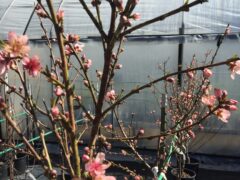
crabapple
Malus hybrids
A genus of about 35 species of deciduous trees and shrubs from Europe, Asia and … Continued
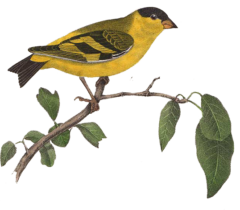 Many songbirds and other wildlife depend on seeds and fruit produced by various plants and feed on the insects drawn into our gardens. The following is a list of plants that provide fruit, nuts, and seeds for various songbirds.
Many songbirds and other wildlife depend on seeds and fruit produced by various plants and feed on the insects drawn into our gardens. The following is a list of plants that provide fruit, nuts, and seeds for various songbirds.
Since 1970 the population of North American birds has dropped nearly 30% — almost three billion birds have vanished from our forests, grasslands, and backyards in less than a human lifetime. It’s a chilling fact that makes it clear that we must act as individuals to help ensure their survival.
Most importantly, ninety-six percent of all terrestrial bird species rear their young on insects so it is also important to grow plants that feed insects to provide a well-rounded habitat in your garden.
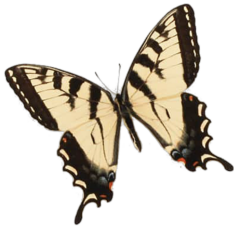

Malus hybrids
A genus of about 35 species of deciduous trees and shrubs from Europe, Asia and … Continued
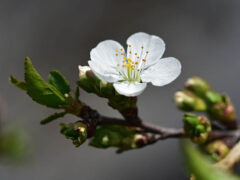
Malus ioensis
This small native tree has spreading branches and a broad, open crown and sometimes grows … Continued
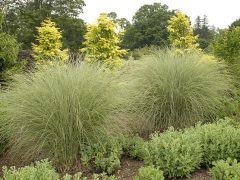
Miscanthus sinensis 'Morning Light'
Feathery, fan-shaped, pale pink panicles. Neat narrow-leaved upright grass arches outward at the top in … Continued
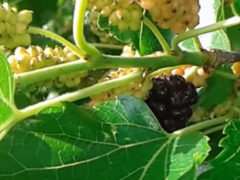
Morus rubra
A medium sized, upright spreading to rounded, deciduous tree native to woodlands, bottomlands and woodland … Continued
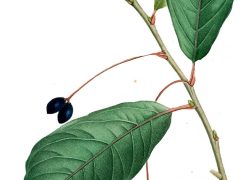
Nyssa sylvatica
One of the best native trees for fall color according to Michael Dirr, black tupelo … Continued
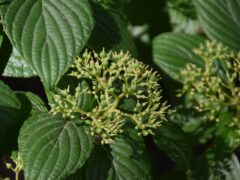
Cornus alternifolia
An excellent native plant with four-season interest, these beautiful trees have unique horizontal branching and … Continued
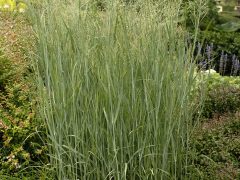
Panicum virgatum 'Heavy Metal'
Metalic blue leaves, strictly upright. Never leans or flops, even in heavy rain. Pink tones … Continued
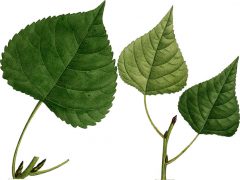
Populus deltoides
State tree of Kansas! Broad open crown of widely spreading branches covered in lustrous, bright … Continued
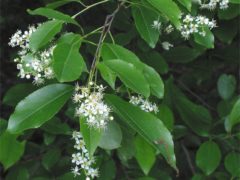
Prunus serotina
This native ranges from southeastern Canada through the eastern US, and west to Texas. White … Continued
Prunus pumila 'UCONNPP002'
Attractive glossy blueish-green leaves turn shades of yellow, orange, and red in the fall. Spring … Continued
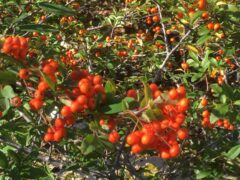
Pyracantha angustifolia 'Gnome'
This semi-evergreen shrub is easy to grow and maintain. It can be grown in a … Continued